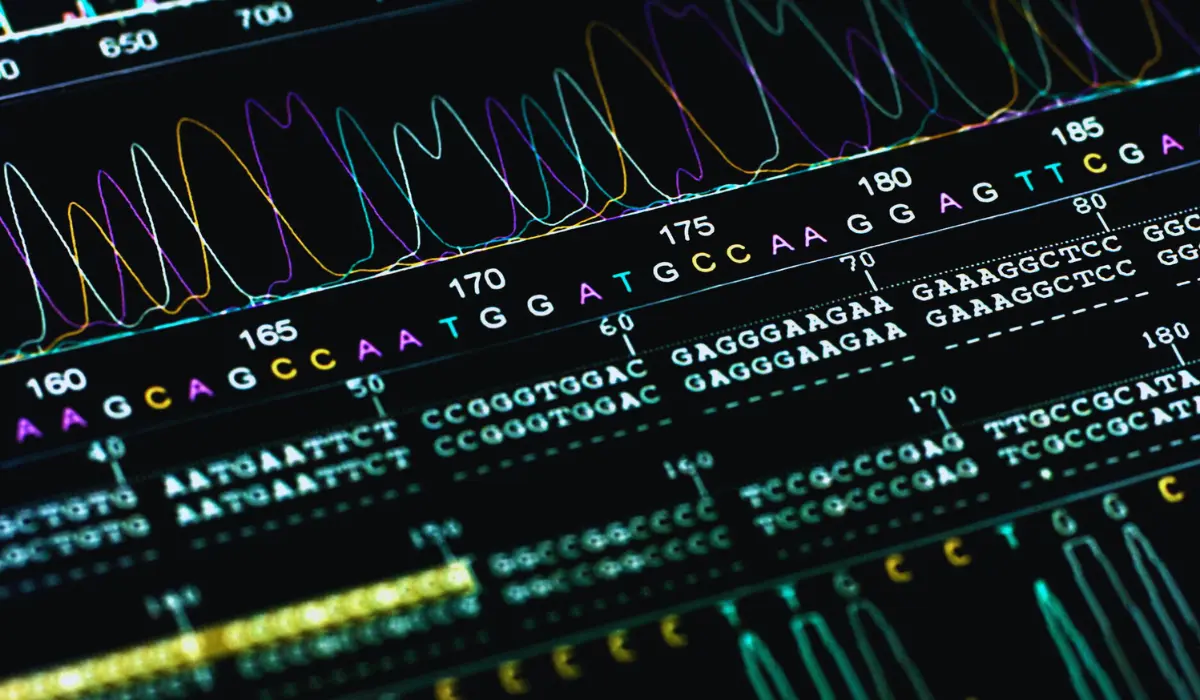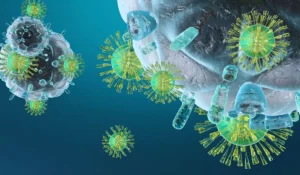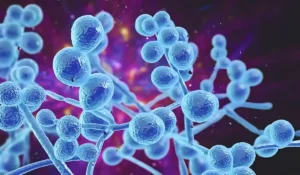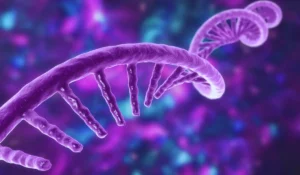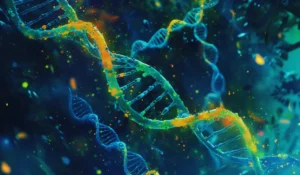What is Albinism?
Albinism is a non-communicable, congenital disorder characterized by partial or a complete loss of pigmentation in eyes, skin and hair. The word Albinism itself means white.
Before moving into the details of Albinism, let’s talk about our skin which has 3 layers- epidermis, dermis and hypodermis
Fat and Connective tissue are major components of the hypodermis and it is the hypodermis that connects skin and the underlying muscle. While Dermis is located above hypodermis and has nerves, blood vessels and hair follicles. Epidermis is the outermost skin layer.
The epidermis itself contains many layers of cells; they are Stratum corneum, Stratum lucidum, Stratum granulosum, Stratum spinosum, and Stratum basale.
All of these layers mainly contain keratinocytes in their different phases of functions. It is called Keratinocytes because they are filled with proteins called keratin.
What is Keratin?
It’s a well-built fibrous protein which protects keratinocytes from being smashed when you rub your hands against a rough surface.
New Keratinocytes are developed from the deepest epidermal layer referred to as stratum basale or the basal layer. Stratum basale consists of a monolayer of tiny, cuboidal to columnar stem cells that continuously divide and make new keratinocytes. These newly formed keratinocytes mature as they travel through other epidermal layers.
But, the stratum basale not only contains keratinocytes, but also has another group of cells called melanocytes that are responsible for the secretion of a protein pigment, or coloring substance-Melanin.
And as we all know, melanin is a broad term that constitutes several types of melanin found in people of differing skin color. These subtypes of melanin range in color from black to reddish yellow. It is the relative amount of melanin and the rate at which melanins are metabolized that defines an individual’s skin color.
These keratinocytes and melanocytes are connected i.e Keratinocytes, when exposed to sun or UV radiation, DNA damage occurs and this damage stimulates p53 gene that further increases the expression of POMC gene which provides instructions for making precursor of alpha melanocyte stimulating hormone or alpha-MSH.
This alpha-MSH is then released from keratinocytes and acts on the melanocyte, leading to activation of various proteins and enzymes involved in the synthesis of melanin from tyrosine.
The newly formed melanin then moves into tiny sacs referred to as Melanosomes which are taken up by keratinocytes and once inside, melanosomes release melanin.
What’s the function of Melanin?
Melanin functions like a natural sunscreen because the UV light gets scattered by melanin’s protein structure. So, if there is no melanin, UV light causes DNA damage to skin cells and this can result in skin cancer.
Other than skin, melanin is present in hair at the base of hair follicles which causes hair colouration. It is also found in the eye within the iris and choroid tissue, where it deals with eye coloration and prevention of light reflection respectively.
What is the cause of Albinism?
A recessive mutation in any of the genes that instruct the enzymes and proteins linked with melanin production can cause Albinism. And the end result is a dysfunctional or deficient enzyme and it leads to reduced melanin production.
Albinism is also caused by mutation in proteins in charge of the transport of tyrosine or melanosomes or any other protein involved in melanin synthesis.
It is connected to Chediak Higashi syndrome, which results in recurrent infections, hypopigmentation, coagulation defects and varying degree of neurological issues.
What are the symptoms of Albinism?
Symptoms of albinism are evident in coloring of skin, hair and iris. It includes white to gray hair, milky white skin and very light blue or translucent irises that appear as pink or red due to the retinal tissue lining seen at the back of the eye.
Lack of melanin results in a lot of vision issues ranging from issues with focusing and depth perception to conditions like nystagmus and amblyopia which occurs due to misalignment of the eyes.
Also, Albinism or no melanin causes moles, freckles and lentigines (which are pigmented macules) on the skin that result from sun exposure. It can also increase the risk of skin cancer.
How is Albinism diagnosed?
It depends on the clinical observations initially, however, for a firmer diagnosis, skin biopsy or extraction of hair bulb is done to check the melanin amount. Above all, genetic testing is carried out to confirm the disease.
What is the treatment for Albinism?
Therapy is focused on stopping extra ailments due to reduced melanin levels in the body. Eg: wearing sun glasses for eye protection and applying sunscreen to prevent skin cancer.
Few Albinism forms can also be aided with drugs that elevate tyrosine levels and some with low-vision aids like prescription glasses if their eyesight is affected.
Quick summary
Albinism is a recessive genetic disorder caused by mutation in the genes of any enzyme or protein taking part in melanin production.
This condition causes a decrease or absence of melanin pigment, resulting in decreased skin, hair and eye pigmentation which is manifested as white to gray hair, milky white skin and very light blue or translucent irises.
Diagnosis of Albinism involves skin biopsies and hair bulb extractions to check the melanin content and genetic testing to confirm the diagnosis.
Treatment focused on providing the protection of melanin to the eyes and skin in the form of sunglasses and sunscreen.
Reference
Encyclopedia of Molecular Mechanisms of Disease by Florian Lang
Encyclopedia of Molecular Biology by Thomas E. Creighton
Rare Diseases: Integrative PPPM Approach as the Medicine of the Future from Springer
